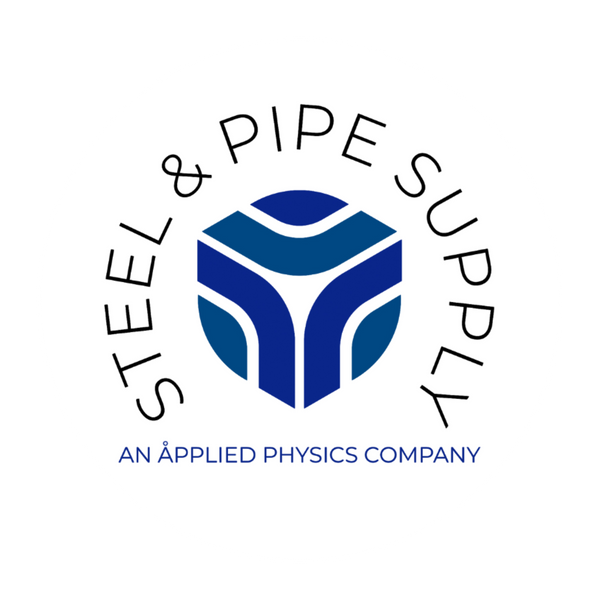
Pipe Pressure Testing and Hydrostatic Methods: Safety Protocols and Equipment
Share
Pipe pressure testing is a critical process used to verify the integrity, strength, and leak tightness of piping systems and pressure vessels before they are placed into service or after repairs.
The primary goal is to ensure that these systems can safely withstand their intended operating pressures, protecting people, property, and the environment
Fundamentals of Hydrostatic Testing
Hydrostatic testing is the most widely used method for pipe pressure testing. It involves filling the pipe or vessel with a liquid (usually water) and pressurizing it to a specified level typically 1.5 times the design pressure, to check for leaks and structural integrity.
Types of Pressure Tests
| Test Type | Test Medium | Typical Test Pressure | Hold Time | Main Purpose |
|---|---|---|---|---|
| Hydrostatic | Water/Non-toxic liquid | 1.5 × design pressure | ≥10 min | Strength & leak-tightness |
| Pneumatic | Air/Nitrogen | 1.1–1.2 × design pressure | ≥10 min | Leak detection |
| Combined Hydro-Pneumatic | Air + Water | Varies | Varies | Leak detection & safety |
| Initial Service | Service fluid | Design pressure | Leak exam duration | Leak detection (low risk) |
| Sensitive/Alternative | Tracer gas, vacuum | Varies | Varies | High-sensitivity leak test |
Note: Hydrostatic testing is preferred for most applications due to its safety and effectiveness, while pneumatic testing is reserved for cases where water cannot be used.
Safety Protocols and Procedures
1) Pre-Test Preparation
- Conduct a site-specific safety plan and risk assessment.
- Ensure only trained and certified personnel perform or supervise testing
- Inspect all equipment for proper ratings and condition
- Isolate the test section and secure with anchors placed at a safe distance.

2) Test Execution
- Gradually increase pressure in controlled steps.
- Remove all air from the system before pressurization
- Establish an exclusion zone; restrict access to essential personnel only.
- Continuously monitor pressure and equipment condition.
- Maintain test pressure for the required duration and inspect for leaks.

3) Post-Test Procedures
- Gradually release pressure to avoid water hammer.
- Document all test parameters, results, and corrective actions
- Repair and retest any detected leaks or failures.

Personal Protective Equipment (PPE)
- Hard hats, safety glasses or face shields, gloves, steel-toed boots, and hearing protection are mandatory
- Additional PPE may be required depending on the test medium and environment.
Emergency Procedures
- Develop and communicate a written emergency response plan.
- Identify evacuation routes and ensure first aid kits and trained responders are available.
Essential Equipment and Instrumentation
| Equipment Type | Pressure Range | Key Features/Specs | Application Area |
|---|---|---|---|
| Hydrostatic Test Pump | 500–65,000 PSI | Electric, diesel, air, hand-operated; multi-fluid use | All pipe types |
| Pressure Gauge | 0–68,000 PSI | Dial, digital, liquid-filled, deadweight, calibrated | All test scenarios |
| Relief Valve | Up to test +10% | Calibrated, rapid action, set below max test pressure | Safety for all tests |
| Chart Recorder | Up to 30,000 PSI | Mechanical/digital, continuous recording | Long-duration/critical tests |
| Quick-Test Fittings | Up to 15,000 PSI | Leak-free, rapid connect/disconnect | All test setups |
| End Closures/Blanks | To system rating | Secure sealing, correct rating and thickness | Pipe ends during test |
Additional Equipment:
- Digital data loggers for traceability.
- Remote operation panels for safe monitoring.
- Exclusion zone barriers and warning signage.
Regulatory Standards and Compliance
Key Standards
- ASME B31.3, B31.1, B31.4, B31.8: Process, power, liquid, and gas piping standards
- API 510, 570, 653: Pressure vessels, piping, and storage tanks
- ASTM A53, A106, A381, D1599: Steel and plastic pipe specifications and test methods
- ISO 1167, 13479, 3183: International standards for hydrostatic testing and pipeline materials
- WIS 4-01-03 (UK): Mandatory hydrostatic testing for PE pipes in water supply (2024 update
- AWWA C600, C650: US water pipeline testing standards.
Compliance Requirements
- Test pressure typically 1.5 times design pressure for hydrostatic tests.
- Detailed documentation and traceability are mandatory.
- Personnel must be trained and certified.
- Regular equipment calibration and maintenance are required.
- Adherence to national and sector-specific standards is essential for legal compliance.
Conclusion
Pipe pressure testing and hydrostatic methods are essential practices for ensuring the safety, reliability, and longevity of piping systems across various industries.
By implementing rigorous safety protocols and utilizing the right equipment, organizations can prevent leaks, avoid costly failures, and comply with industry standards.
Regular pressure testing not only identifies weaknesses before they become hazards but also provides peace of mind that systems will perform as expected under operational conditions.
Whether you are managing a new installation or maintaining an existing pipeline, prioritizing safe and effective pressure testing is a crucial step toward operational success.
Frequently Asked Questions
1. What is pipe pressure testing?
Pipe pressure testing is a process used to verify the strength and leak-tightness of piping systems by subjecting them to internal pressure above their normal operating conditions.
2. What is the difference between hydrostatic and pneumatic testing?
Hydrostatic testing uses water or another liquid as the test medium, while pneumatic testing uses air or another gas. Hydrostatic testing is generally safer because liquids are less compressible and pose less risk of explosive failure.
3. Why are safety protocols important in pressure testing?
Safety protocols protect personnel and equipment from potential hazards such as pipe bursts, leaks, or pressure-related accidents. Following proper procedures helps ensure a safe testing environment.
4. Is hydrostatic testing mandatory for all pipelines?
While not always legally mandatory, most industry standards and regulations require hydrostatic testing for critical pipelines, especially those carrying hazardous substances.
